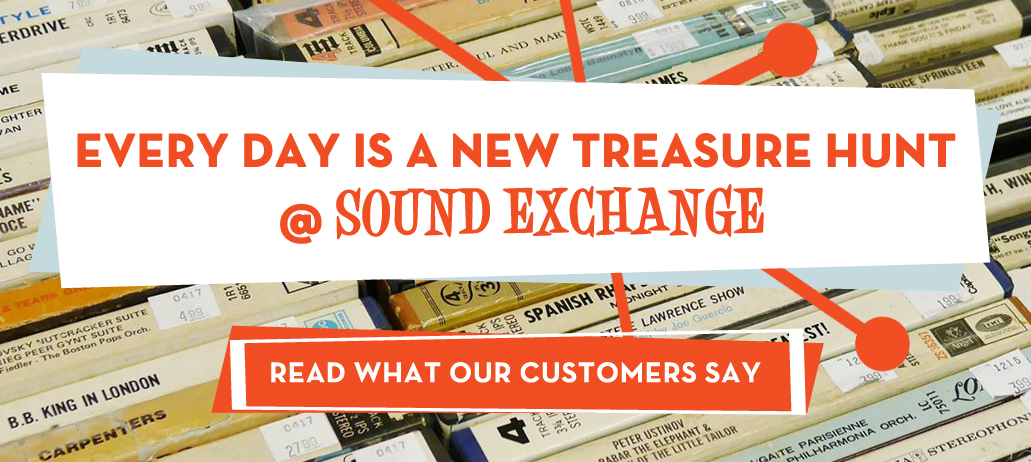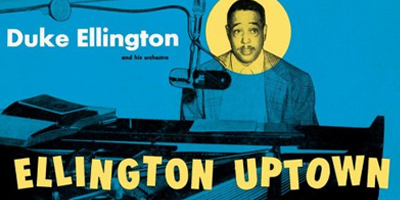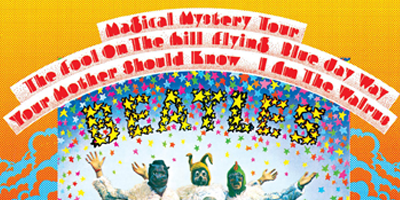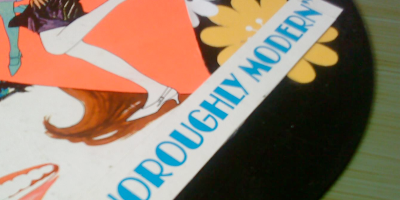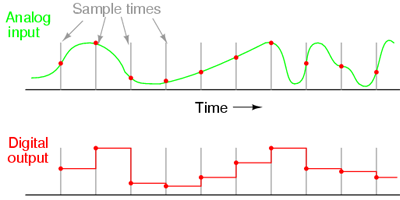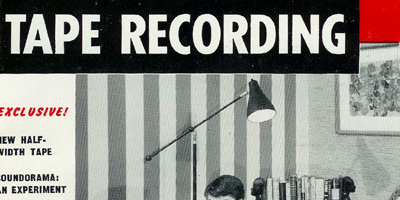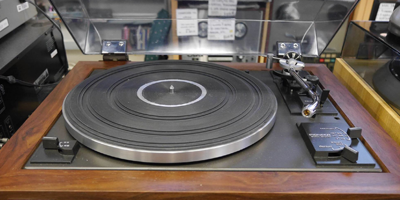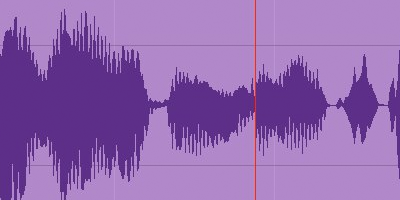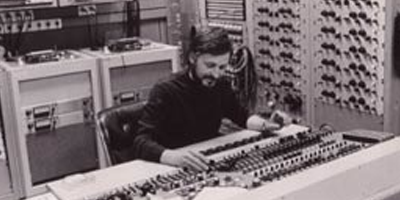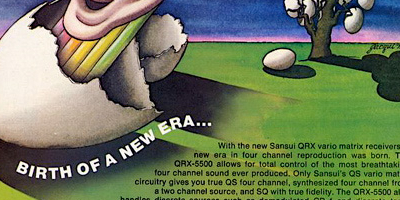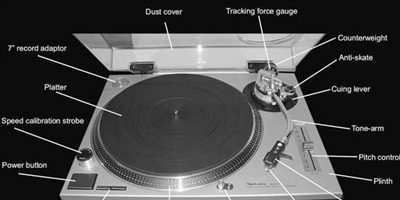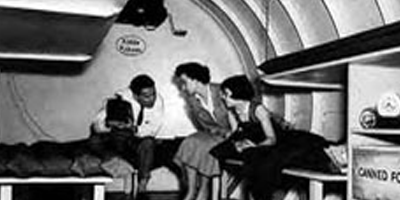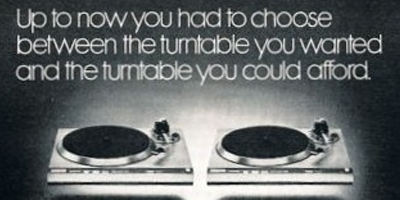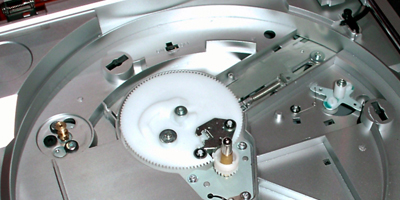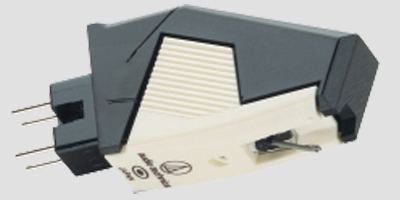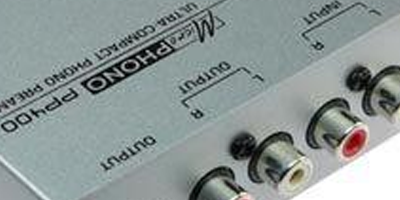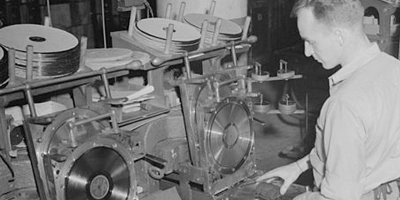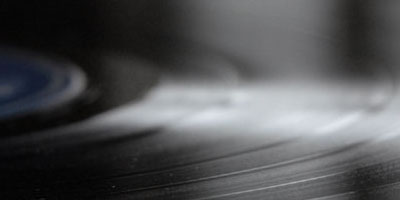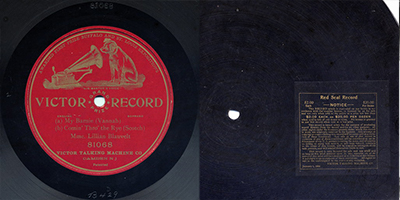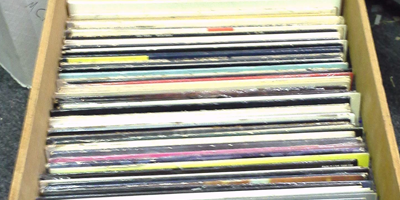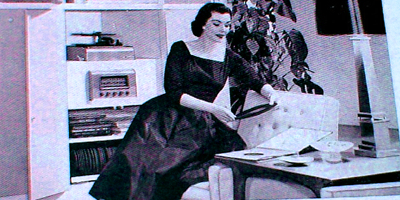In late September, we will begin merging our Brandon and Pinellas Park stores into a new 6,400 square foot building at the corner of 66th St. N. and 86th Ave. N. in Pinellas Park.
Jim and Ron, who started the Brandon store together in 1992, are both eager to spend semi-retirement in racing cars (Jim) and restoring vintage stereo equipment (Ron). They, along with the rest of us at Sound Exchange, thank our Brandon-area customers for 25 years of patronage and hope that you will venture to the Tampa or Pinellas Park stores in the near future.
The new Pinellas Park building is in the midst of renovations. In late September, the Brandon store fixtures and inventory will be the first to move into the new space, followed later by the current Pinellas Park store.
With the new store, we will be able to offer Pinellas County the same depth of selection — at the same low prices — that we have provided in Hillsborough County for decades.
Members of the Brandon store and current Pinellas store staff have been offered jobs in the Tampa or new Pinellas Park locations. The existing Pinellas Park location in Park Plaza at Park Blvd. N. and 49th St. N. will stock close-outs and surplus product.
To welcome Brandon-area customers to our other locations, we are offering those of you with Brandon, Valrico, Riverview, Lithia, Seffner, and Plant City addresses 10% off purchases at the Tampa and Pinellas Park stores, from September 15 until the end 2017. Just show your driver’s license at the register for the discount.
The Tampa, Brandon, and Pinellas stores are all in prime buying mode as we gear up to fill the new location with quality CDs, vinyl records, Blu-Rays, DVDs, tapes, video games, vintage stereo equipment, non-fiction books, collectible figures, and comics. Now’s the perfect time to put cash in your pocket.
Thank you ALL for your business as we continue to evolve in our 30th year.
 Sign Up For Our Newsletter
Sign Up For Our Newsletter


